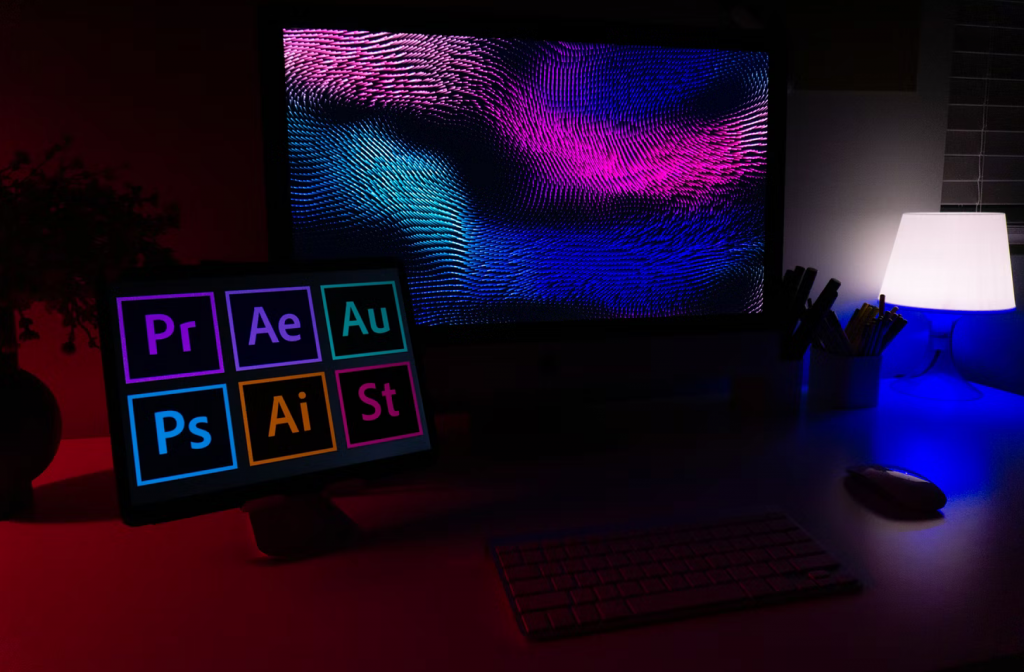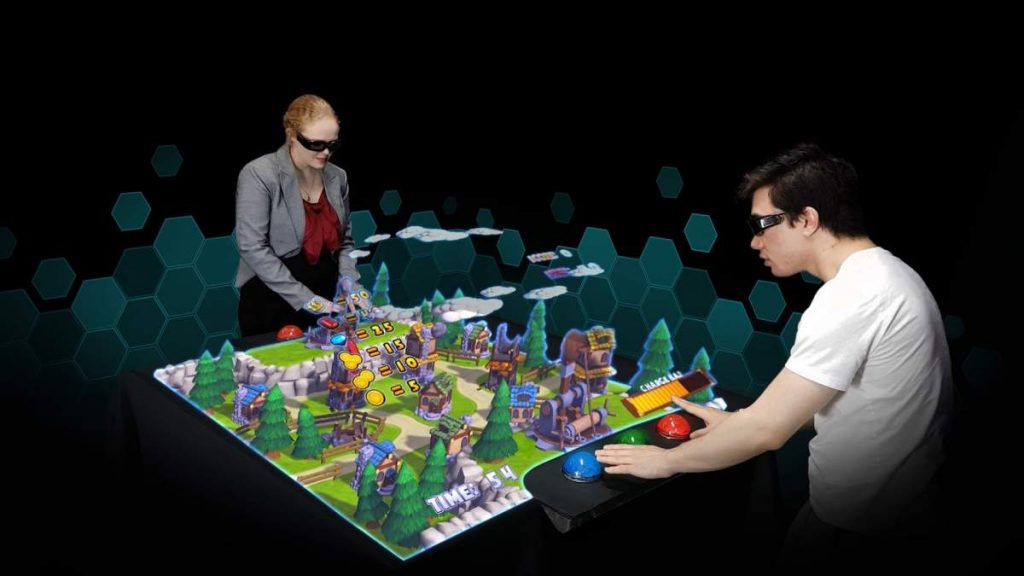When the first iteration of Pong hit the market over half a century ago, 2D graphics helped steer the future of entertainment. From there, visual design diversified quickly, first with 8-bit graphics common to arcade games, then to the first NES releases and at-home consoles in the 1980s. The better the graphics, the more gamers gravitated toward a title.
There was a clear push toward realistic graphics, which became especially important as the home console war began in the late 1990s and early 2000s. Developers pushed to create games with highly realistic characters, settings, and mechanics.
Beyond that, Sony, Microsoft, and Nintendo devices needed the hardware to support elevated visuals, such as a graphics processing unit. This holds true today: top-tier graphics are only possible for advanced hardware.
Today, the emphasis on realistic, textural imagery is important to a video game’s success—whether on mobile, console, PC, or browser. For example, slots are one of the most popular forms of online iGaming. Themes like fantasy, adventure, and history are showcased with dynamic graphics in the hopes of attracting players.
Free spins are one of the most common welcome offers. While they usually come with specific terms, the idea is to highlight eye-catching and exciting titles—which all falls back on vibrant graphics. Similarly, mobile games also need to pack a punch with a visual cue, as gamers might peruse dozens of games on their smartphone before selecting one.
Clearly, graphics are set to remain at the heart of video gaming—while also staying at the forefront of its latest advances. Looking ahead, how can gamers expect graphics to evolve in the next decade? The latest reports hint graphics are likely to be part of a much more interactive gaming experience.+
VR-First approach
Not all professionals working within the gaming sector believe in the long-term viability of VR. Already, the technology has hit multiple roadblocks—from being too costly, too bug-ridden, and too competitive for long-term success. Some believe Oculus, now owned by Facebook’s Meta Platforms, has already carved out too much of the market for rivals to play catch up.
Regardless, developers will continue to tinker away with visual design within VR settings. Aside from creating convincing 3D worlds, designers must also avoid simulator sickness and allow players to move over large distances within the game. It’s been a challenge—but many groups have risen to the occasion.
Looking forward, VR will become more intuitive in terms of how a user can interact with their environment. For now, graphic design has to come secondary to mechanics. In the future, with mechanics better hashed out, graphic designers will be able to funnel more time and resources into creating unforgettable new worlds.

Potential for holography?
Holography is a type of design created by wavefronts, which are later reassembled. This generates a 3D image externally; unlike VR, which submerges you inside a 3D world. A holography-first video game could let players control externalized characters—in real settings.
The technology gained huge visibility after Coachella 2018 when Tupac Shakur was immortalized as a hologram (in reality, it was a trick called ‘pepper’s ghost’). But gaming developers have been interested in the technology for decades—and a few patents have been filed.
Going forward, will any of these early ideas pan out? In 2012, Microsoft registered a patent for an ‘immersive display experience’, which could mean on-screen games could ‘output’ holographic images to enhance gameplay. However, ten years later, there’s been little development on the concept, hinting that holography is waiting on further breakthroughs before becoming viable.

Real-time graphics: The ultimate goal
Real-time graphics, also known as real-time rendering, is a way to create computer graphics based on physical markers. For example, developers will have a person wear tiny sensors across their body, and then ask them to perform a physical movement. The sensors ‘translate’ this motion into 3D computer graphics, which helps emulate realistic motion on a screen.
The idea here is for gamers to wear these sensors in order to immerse themselves into a virtual world and participate in real-time—no need for VR controllers. So far, company Unity is tackling the future of real-time graphics, but it’s possible more PC and VR titles will incorporate aspects of the visual design.
However, just like the early days of moving away from 8-bit graphics, hardware needs to catch up. At the moment, achieving a high photorealistic effect for real-time graphics is difficult—there are high minimum rendering speeds, resolution, and latency. Not many devices are equipped to deliver a quality real-time rendering experience.
But that might not be the case for long. Unity, mentioned above, is working on creating a Scriptable Render Pipeline (SRP), which would allow gamers to pair real-time graphic readiness with just about any device. Rather than creating a whole new console, real-time graphics could be an accessory or peripheral to the overall gaming sector in the future.
For even more opinion pieces like this, click right HERE.